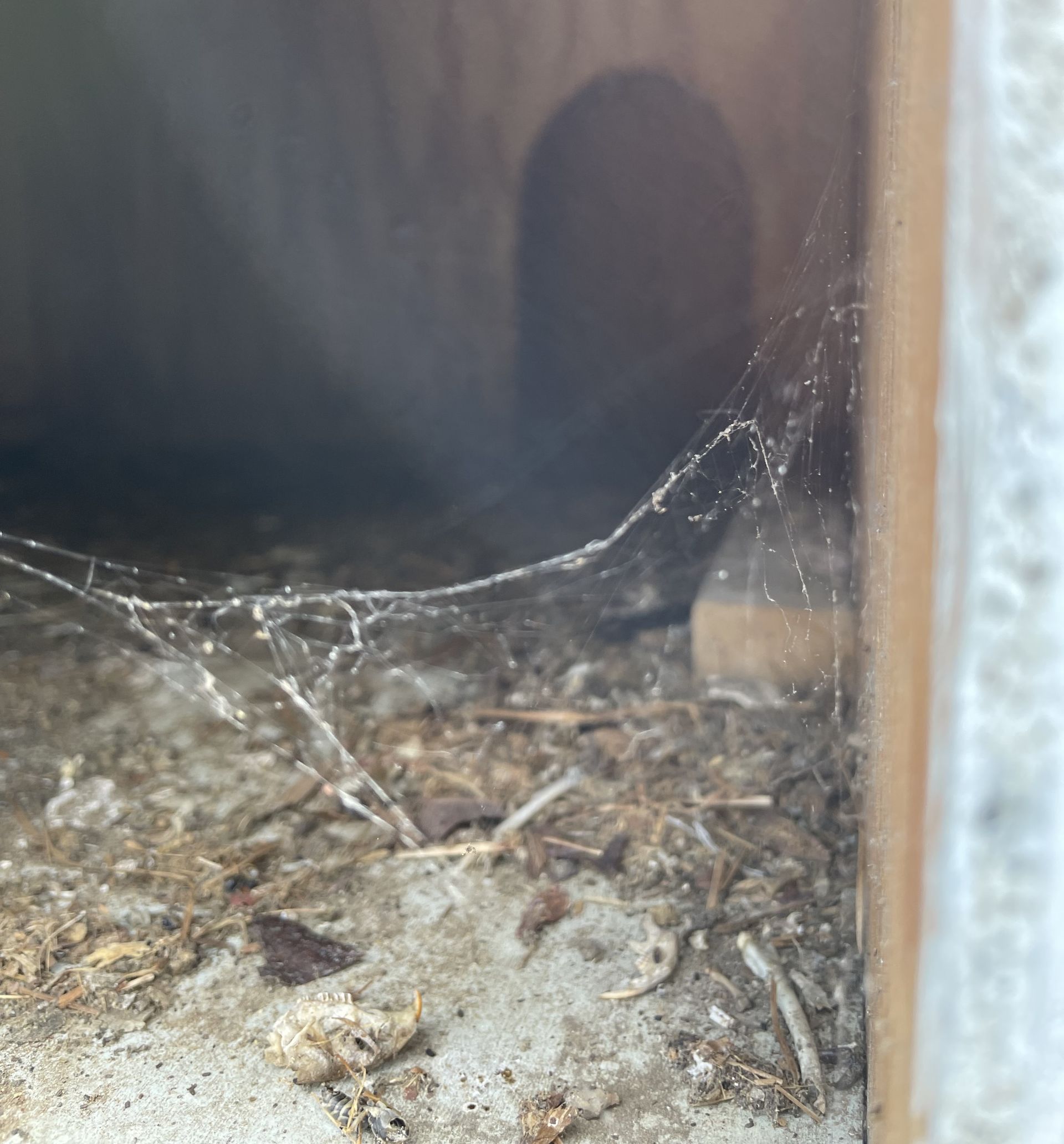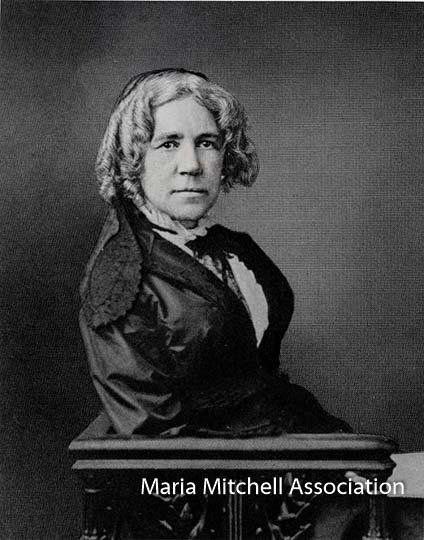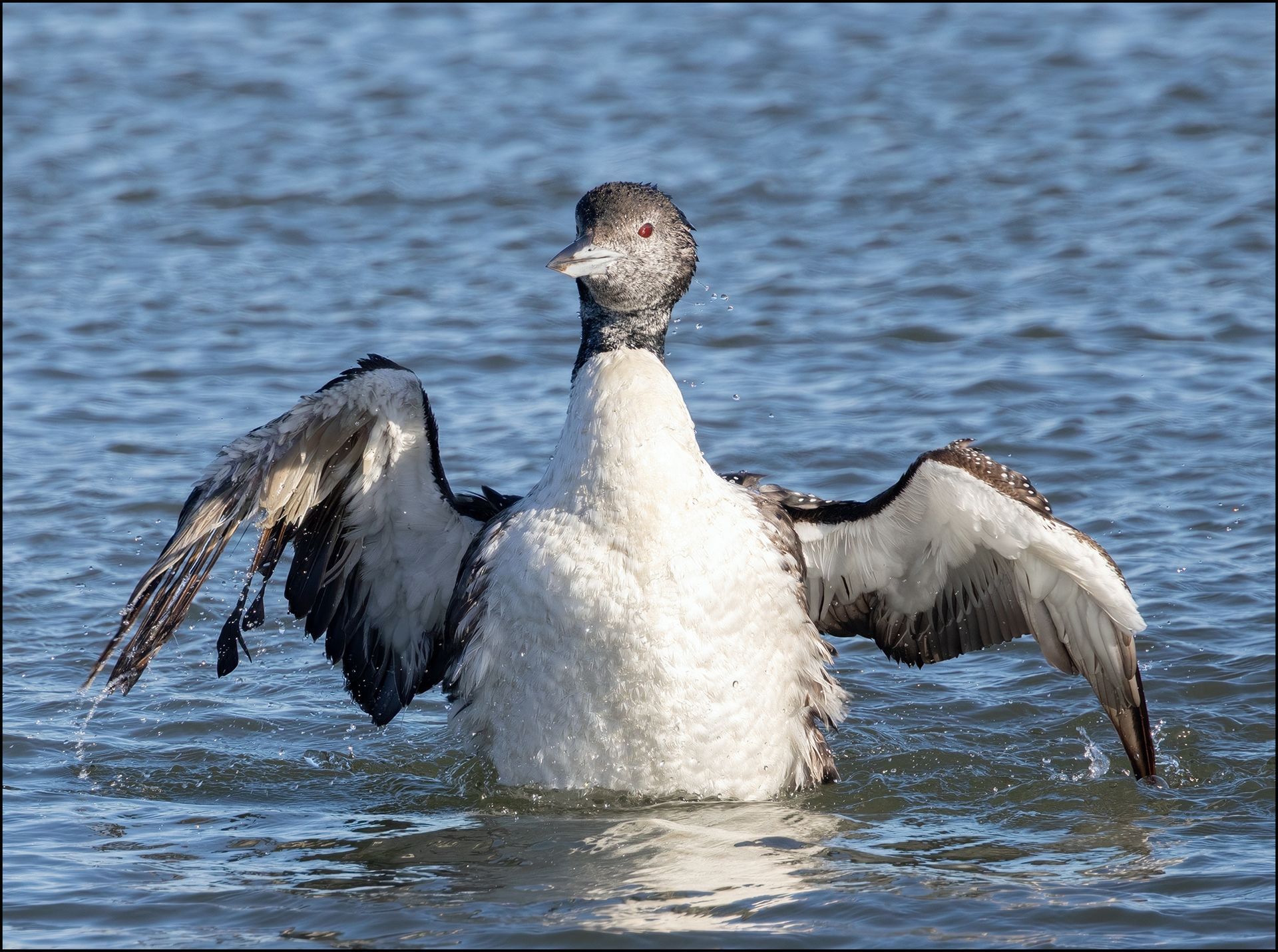Keep Calm and Bird On: November 2024
“If you don’t look, you don’t see. You have to go and look.”
-Edith Andrews

The empty nest: spooky! Barn Owls are perhaps the original spooks, floating ghost-like on silent wings, but screeching with blood-curdling voices. An empty nest in November is not unexpected; when the young have flown and the weather is still so mild, who in their right senses would want to stay inside? But still, we have questions.
Maria Mitchell Association volunteers checked seventy-two owl boxes in September. Missing Bob Kennedy, we elected to do a simple visual check of each box. We encountered seven adults, saw 12 or 13 young ranging in age from just hatching to about four weeks old, and counted 40 eggs.
Two adults were presumed to be roosting males. Two boxes with young did not contain an adult; but this is not unexpected with well-grown young.
As Bob used to say, “Would you stay in a hotel room with four kids?”
Five boxes had unattended eggs, which is a bit concerning as Barn Owls are said to begin incubation as soon as the first egg is laid.
If you have not done the math yet, this means that 58 boxes had been used by squirrels or were empty as the Marie Celeste. Many had signs of use: pellets of varying freshness. Five boxes with eggs or recently hatched young also contained an adult, presumably an incubating or brooding female. Interestingly, all five are west of town. So we wonder: What’s up with the mice on the east end?
That something is going on was confirmed by tick researcher Dr. Sam Telford at the “Mice-Against-Ticks” presentation we attended last week. Mice are down on the east side, and have been notably scarcer in Polpis for at least ten years. This might surprise home-owners who have had rodent problems. Judging from the number of poison boxes we see, there ought to be a lot of them.
We suspect rodenticides are affecting owls, the secondary consumers of poisoned mice—it’s probably easier to catch the one that’s not feeling so well. Can we prove it? We know at least one poisoned Owl was rescued before it expired, and survived thanks to months of treatment at Cape Wildcare. But it is not easy to find the dead, not to mention when their organs are fresh enough for a necropsy. So wildlife impact is hard to prove. But it is growing. Owls are more effective hunters than most traps. But can we convince home owners to ask professional exterminators for integrated pest management? Let’s hope so.
Recent Posts




